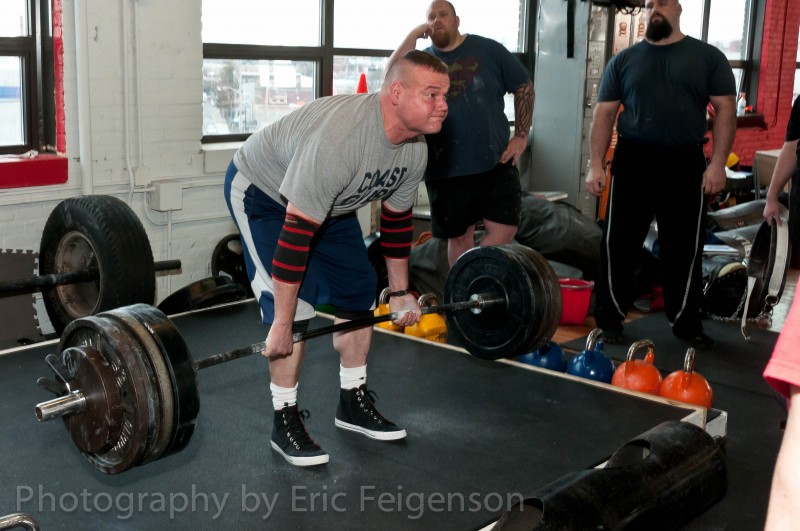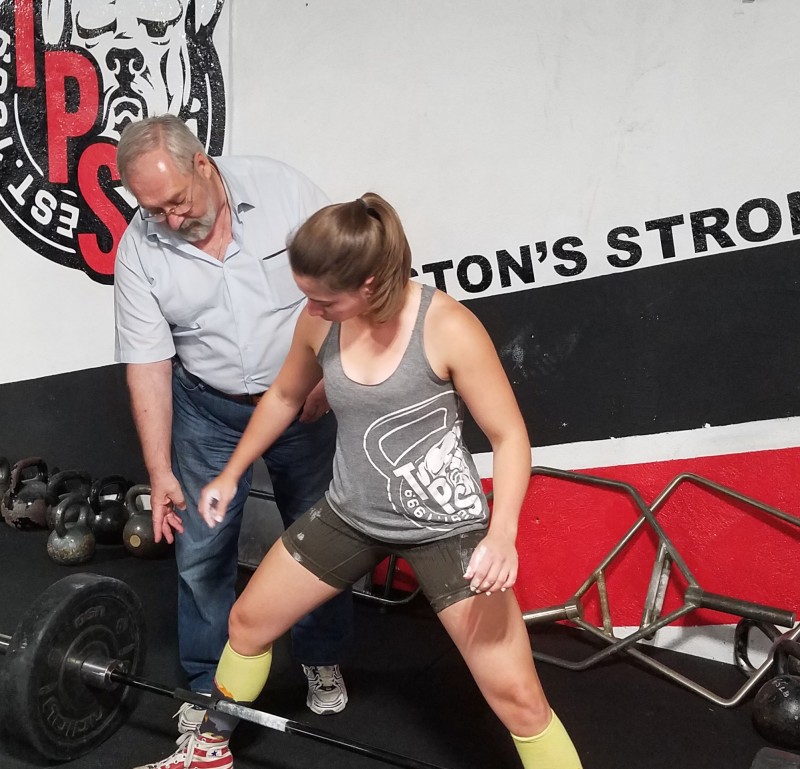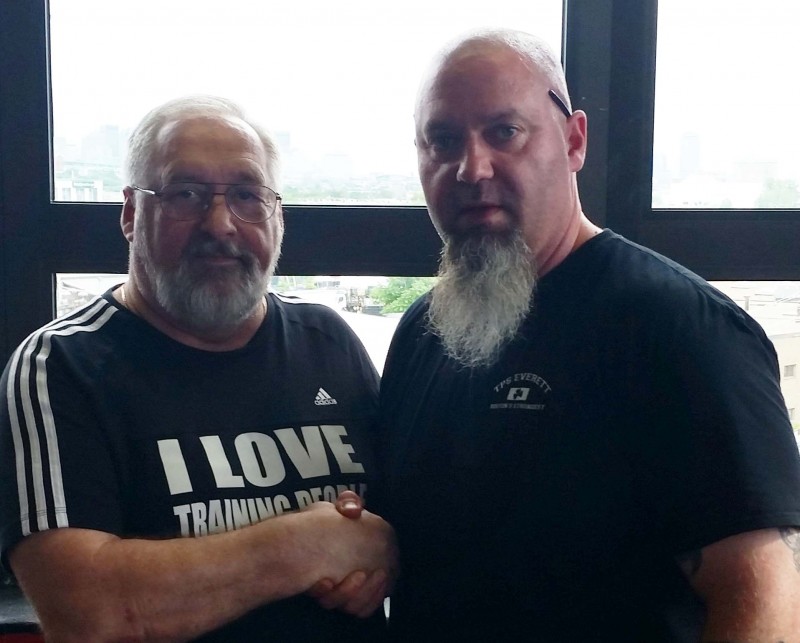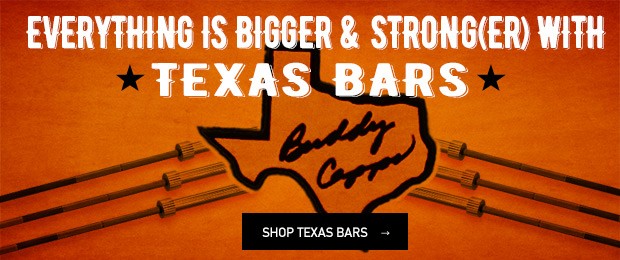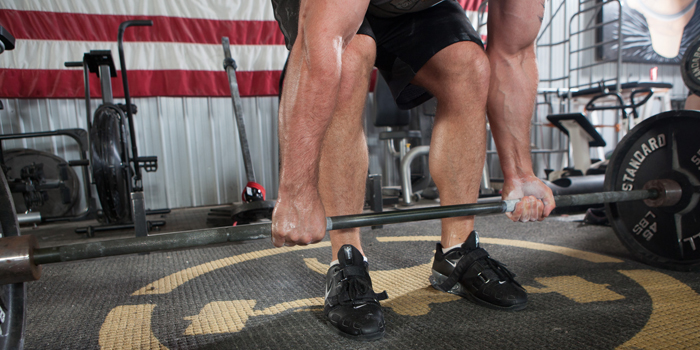
There are tons of exercises to build each lift, and we all have our favorites. Why do we do special exercises? For the most part, a special exercise is done to improve a weak point in the lift or to build a specific part of the lift. For example, some lifters do deficit deadlifts to build strength off the floor or three-board presses to build lockout in the bench.
Another way to think about specialty exercises is to improve positions in each lift. Let’s say that when you squat, your chest dumps forward out of the hole. You could do a specialty exercise to build the area where you are weak or you could think about improving your ability to hold a position. You would choose one that forces you to keep a chest-up position where you normally dump. Then use a weight and intensity level that allows you to hold the position well. The idea of working positions is not uncommon, but from what I have seen, it is not used well by many.
Bad position!
Usually, we see people just load it up and lose position on specialty exercises just like they do with the classic lift. Box squats with chains are a good example. I see a lot of people load them up to overload, only to get in a shitty position on the box. I love box squats, but you have to do them right. When you do specialty exercises, keep the purpose in mind. If it is a positional exercise like a pin squat, you must strive to maintain a proper position throughout the lift and at the position the lift stresses.
Last week I went over how the Snatch Grip Deadlift can build your deadlift. Today, I’ll share how the Deadlift Plus Deadlift Below the Knee can build your deadlift.
Sheiko coaching at TPS
The Deadlift Plus Deadlift Below the Knee
I learned this one from Boris Sheiko when he did a seminar at TPS a few years ago. We use this a lot with clients and lifters, with great success. Sheiko uses a lot of exercises to improve positions at various points in the lifts. He does not necessarily overload you in these specialty exercises; rather, he challenges you and forces you to fight for position. It makes sense, too. How many times do you see people overloading lifts and using shitty form, thinking they are building strength? I’d bet quite a bit.ey
They are really reinforcing the weakness if the specialty exercise or the load on a classic lift continues to put them in bad positions.
RECENT: Build Your Deadlift with the Snatch Grip Deadlift
A better idea is to put you in a bad position at the point where you have trouble and use a weight for a defined number of reps and intensity that allow you to correct the bad position. When you continually load a bad position, you are reinforcing the weakness and causing greater strength imbalances. This leads to injury. If you’d like to read more on this, my director of strength and conditioning, Kevin Cann writes frequently on the subject. Use the Google machine.
So, as I said, the Deadlift Plus Deadlift Below the Knee is a “secret” exercise we learned from one of the greatest coaches in the sport, Sheiko.
It’s great for lifters who get stuck a few inches off the floor, allow their shoulders to get too far in front of the bar, or lose their lats. It’s pretty simple, but not easy. Load the bar, set up properly, and do a full deadlift. At the top, reinforce your chest and lat position, then force your knees out and lower the bar until it is about an inch or so off the floor. Give a slight pause and lock it out again. That’s one rep.
Load the bar, set up properly, and do a full deadlift. At the top, reinforce your chest and lat position, then force your knees out and lower the bar until it is about an inch or so off the floor. Give a slight pause and lock it out again. That’s one rep. Here’s a quick video to see how it’s done.
When you are lowering the weight, pay close attention to your position:
- Keep your feet rooted.
- Make sure your shoulders are in the right spot at each point.
- Make sure you are thinking about (figuratively) squeezing towels that are rolled up in each armpit, or more simply just keep your lats locked.
- Make sure your chest is up.
Choose a weight and rep scheme that allows you to do all of the things listed above. This can be used as the main exercise, but we use it a lot as a second exercise to be a “builder.” For example, our lifters squat on Monday and then do a deadlift builder. They deadlift on Friday and then do a squat builder. You don’t have to split it up like this. The Deadlift Plus Deadlift Below the Knee is often done after squats in our group. Give them a shot, and if you like the idea, leave a comment. I’ll write more.










